Peculiar chert sample from Doehlen
Basin
Plane faces in
chalcedony with
horizontal orientation are seen in cross-section as
often conspicuous stacks of straight agate bands. Their alleged relation to former water levels in cavities, a widespread view, is easily refuted.
Level stacks and plates have been found quite often in the Devonian
Rhynie chert
but very seldom in the Permian cherts of the Doehlen Basin. So it has
come as a surprise that a tiny chert sample of 35g found on a ploughed
field among sparsely scattered red-ocre chert layer fragments has turned out
to be of a type not seen before.
As usual, the layer stacks had
formed by successive deposition of silica suspensions in
water-filled cavities (without a water surface !) and
subsequent formation of silica gel and chalcedony. The variety of
layers indicates a
prolonged deposition process under changing conditions. The most
obvious difference between the layers in Figs.1,2 is the amount and
distribution of hematite in chalcedony.
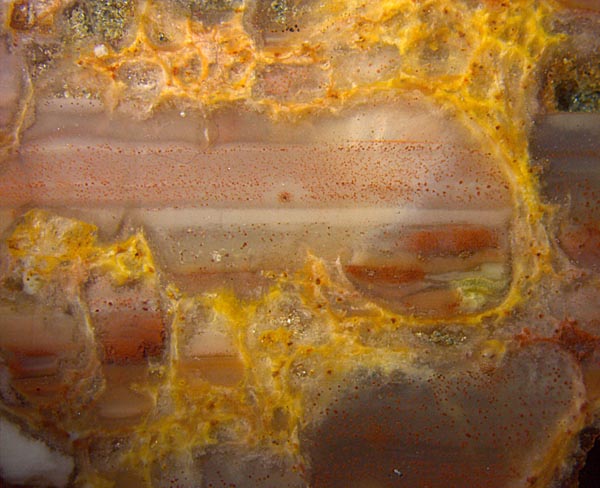

Figs.1,2: Layered chalcedony as (partial) cavity fills, also quartz
lining on cavity walls.
Image widths 10mm.
Obviously, some of the separate parts in Figs.3,4
had been broken while in a soft gel state and subsequently solidified
together with the crack fills into chalcedony. As
above, a few of the compartments have remained hollow, their walls
lined with crystalline quartz.
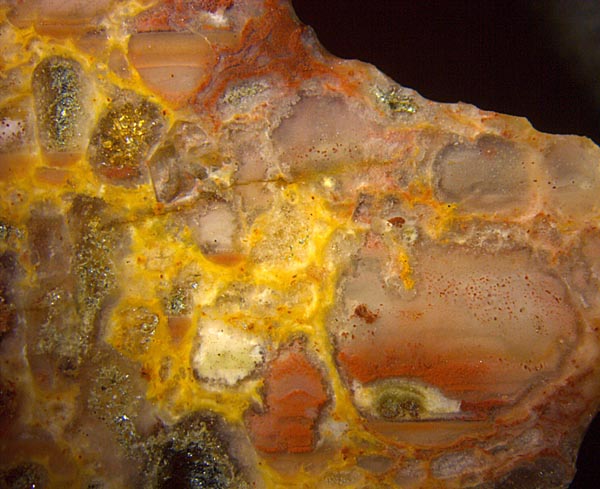
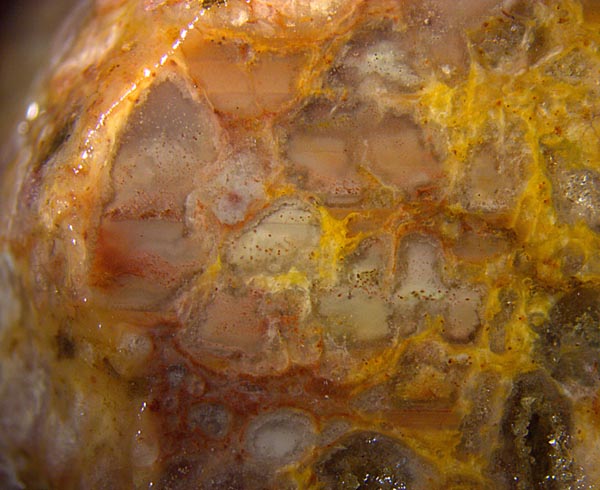
Figs.3,4: Chalcedony formations similar as in
Figs.1,2, some broken
while soft, cracks healed.
Image widths 10mm.
A
former cavity as in Fig.5, multiply subdivided with
thin walls, might have
led to the various chalcedony fills as in Fig.3
before the walls became quartz-coated (as seen
enlarged in Fig.6 from another cavity).
This sample differs from the numerous Permian chert samples found in
the Doehlen Basin as it does
not show plant remains or microbial layers but an assemblage of
horizontal layer
stacks not seen before in these cherts. Perhaps it originates from somewhere else. It
could have come along with gravel from a glacial stream which also
brought very few flintstones and even a sea urchin.
This contribution is meant to draw attention to the phenomena with the
aim to find an explanation.
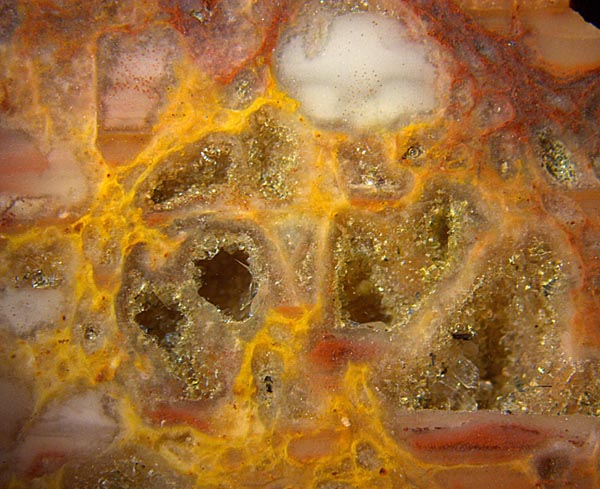
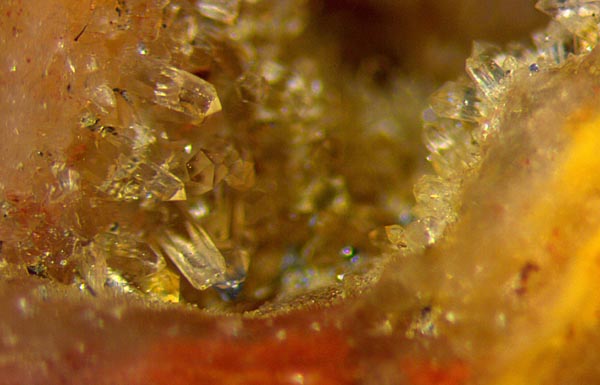
Fig.5 (far left): Probably former large cavity,
now
subdivided by walls.
Image width 10mm.
Fig.6: Cavity with quartz lining.
Image width 2mm.
Sample: H3/131, (35g),
cut into 3 parts,
found near Hänichen, Doehlen Basin.
H.-J. Weiss
2021
|
 |
 32 32 |

 32
32






 32
32